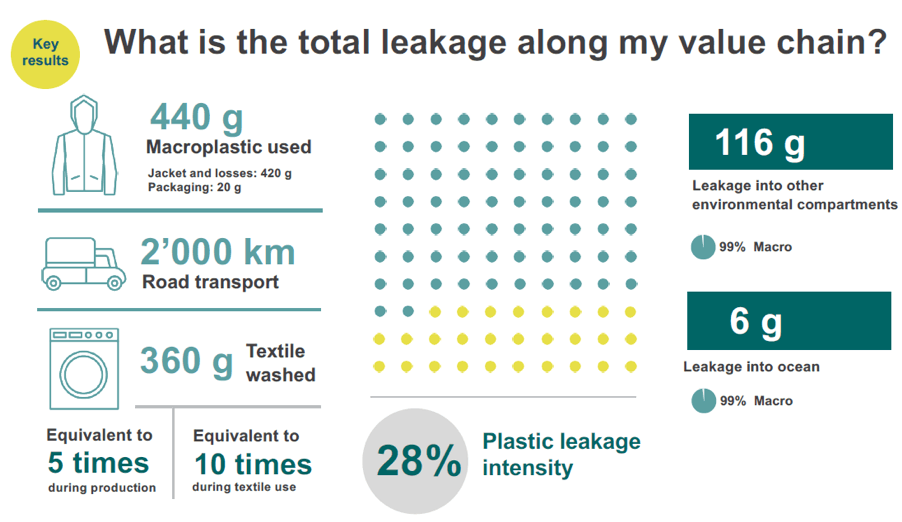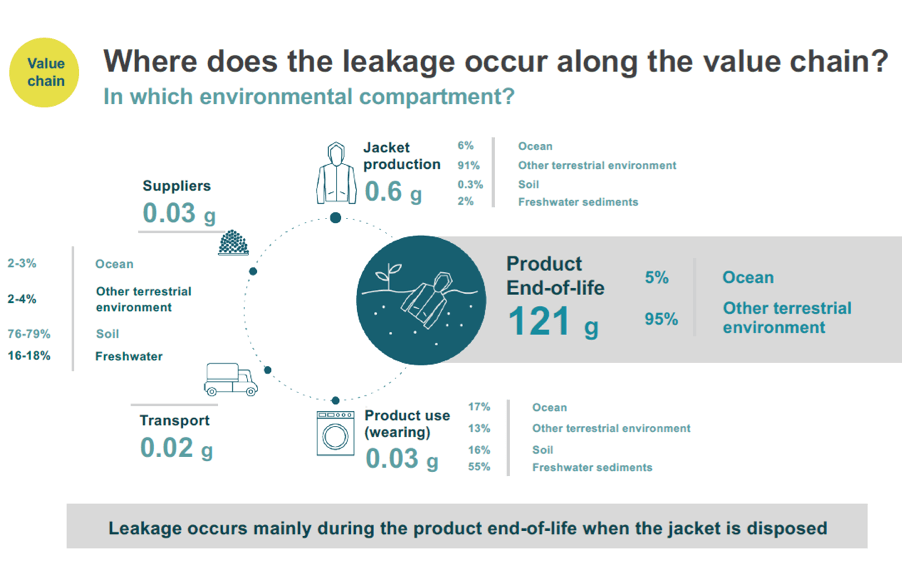Awareness of the amount of plastic in the ocean has skyrocketed over the last two years, and, with it, a realization that part of the problem comes from our clothes in the form of both micro- and macroplastic pollution. The apparel industry has gained attention over the past few years as one of the larger contributors to the problem. With rising interest to track sustainability metrics among brands and retailers, there is a clear gap in existing life cycle assessment methodologies – the standard way to measure the environmental impacts of a product, service, or good – to holistically analyze the impacts of a garment across the value chain.
Cotton Incorporated joined the Plastic Leak Project (PLP), a collaborative, multi-stakeholder1 initiative designed to identify, measure, and develop scalable solutions to close the tap on plastic leakage and pollution.
The group developed the first-ever Plastic Leak Project Methodological Guidelines to fill an important gap in managing the plastic pollution crisis by enabling companies to locate and measure plastic leakage along their value chains. These insights aim to provide businesses with a strong foundation to define meaningful and effective strategies and actions for reducing plastic pollution.

Figure 1. Plastic Leak Project Methodological Guidelines (Quantis et al. 2020)
While microplastics take a substantial brunt of the media coverage surrounding synthetic textiles, the macroplastic implications of this supply chain are even more concerning. A case study from Plastic Leak Project Methodological Guidelines showed a synthetic jacket had a plastic leakage intensity of 28 percent. This means for the company and its modeled synthetic jacket, 28 percent of the plastic-based jacket itself will “leak” across its value chain and life cycle (Figure 2). Most of the leakage (99 percent) occurs during the jacket’s end-of-life when the jacket is disposed of as macroplastic waste (Figure 3).

Figure 2. Sympatex case study plastic leakage assessment, from the Plastic Leak Project Methodological Guidelines (Quantis et al. 2020)

Figure 3. Sympatex case study results, from the Plastic Leak Project Methodological Guidelines (Quantis et al. 2020)
Microplastics Lead to Macro Problems
For textile companies, determining the plastic leakage intensity and hotspots along their value chain is a great first step for managing their plastic pollution problem. This is particularly important for brands and retailers who have synthetic clothing as part of their product portfolios. The data shows that every time clothes are washed, they shed hundreds to thousands of tiny microfibers. Research data has shown that all fabric types shed microfibers; however, cotton microfibers biodegrade whereas synthetic microfibers do not degrade and persist in the environment for long periods of time.2 While some regions of the world may have more sophisticated home laundry machines and secondary wastewater treatment plants to capture microfibers, a substantial quantity of these fibers make it through the system and are discharged to the natural environment each day. Recent research shows that about 3.5 quadrillion microfibers, coming from U.S. and Canadian households alone, are released into the ocean from wastewater treatment plants each year.3
What Can Be Done?
Brands can play a huge part in ebbing the flow of microplastics. Material choices occurring in the product design phase can have impacts on how many microplastics end up in the ocean. It is critical to analyze the product portfolio and supply chain for hotspots. In general, companies can look to:
+ Conduct a Plastic Leakage Assessment using the Plastic Leak Project Methodological Guidelines and determine plastic leakage hotspots along the corporate value chain.
+ Consider shifting to natural materials, such as cotton, since they biodegrade and synthetics do not.
+ Use a high natural fiber blend rate if blending is necessary for performance reasons. With a higher percentage of cotton used, fewer leaked microfibers will persist in the natural environment.
Cotton is natural – it comes from the earth and returns to the earth. It is also renewable. Cotton has a long track record of continuous improvement along with 10-year aggressive sustainability goals. By using more cotton, you will know that less plastic is reaching the ocean while promoting a fiber that is pushing the limits of sustainability and responsible farming practices.
More Information
+ Read the Plastic Leak Project’s press release and methodological guidelines.
+ Review the cotton industry’s 10-year sustainability goals.
+ Learn more about the depth of the plastic pollution problem.
+ View the CottonWorks™ webinar, Tackling our Ocean’s Plastic Pollution Problem.